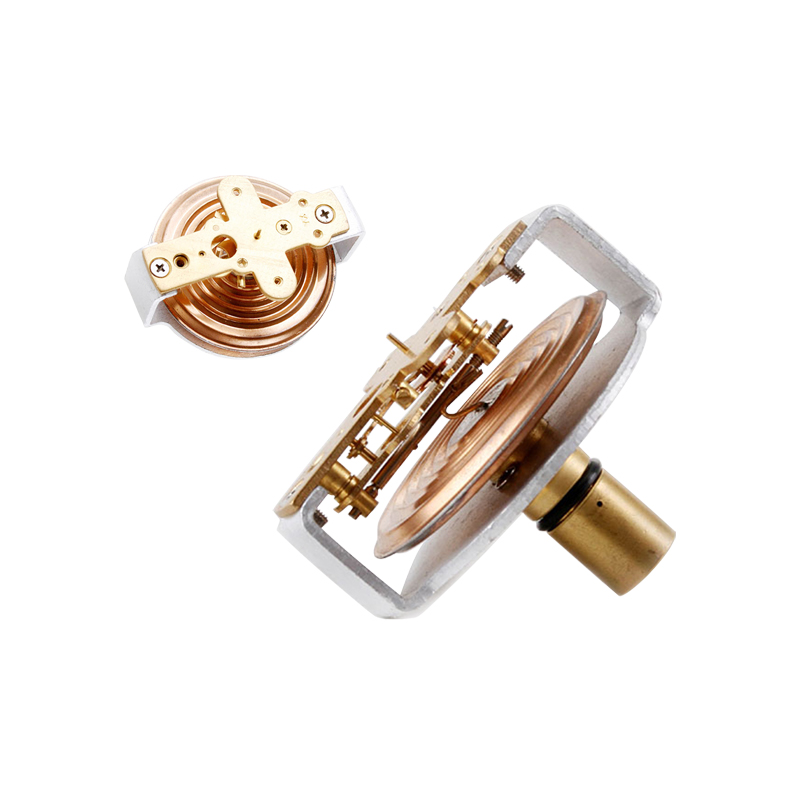
Sep . 03, 2024 21:08 Back to list
water fire extinguisher pressure gauge products
Understanding Water Fire Extinguisher Pressure Gauges
Water fire extinguishers are a vital part of fire safety in homes and commercial environments. Their effectiveness in combating fires, particularly those involving ordinary combustibles such as wood, paper, and textiles, is well established. However, the performance of these extinguishers hinges significantly on their maintenance and proper functioning, which brings us to the importance of pressure gauges.
What is a Pressure Gauge?
A pressure gauge is an essential component of a water fire extinguisher. It indicates the internal pressure of the extinguisher, informing users whether the unit is ready for use. The pressure gauge typically features a color-coded dial that designates safe and unsafe pressure levels. A needle that points to the green zone signifies that the extinguisher is fully charged and operational. Conversely, if the needle indicates the red zone, it means the extinguisher is either over-pressurized or under-pressurized, signifying a potential failure to operate effectively in an emergency.
Importance of Regular Inspections
Regular inspections of the pressure gauge are crucial for the reliability of a fire extinguisher. It is recommended that individuals check their extinguishers at least once a month. During this check, one should examine the pressure gauge to ensure the indicator is in the green zone. If the needle has shifted into the red zone, it is essential to take immediate action—either by recharging the extinguisher or seeking professional assistance to identify and remedy any underlying issues.
water fire extinguisher pressure gauge products

Moreover, annual maintenance checks by certified professionals are vital to ensure that all components of the extinguisher, including the pressure gauge and its mechanical parts, are functioning correctly. This routine maintenance can prevent costly damages and minimize the risk of fire-related incidents.
The Role of Temperature
Temperature can significantly affect the pressure inside a water fire extinguisher. Most extinguishers operate optimally at temperatures ranging from 32°F to 120°F (0°C to 49°C). Extreme heat can cause the pressure to rise, potentially leading to over-pressurization, while extreme cold can lower the pressure, making the extinguisher ineffective during an emergency. Therefore, it is important to store extinguishers in a climate-controlled area to maintain the integrity of the pressure gauge and the contents of the extinguisher.
Conclusion
Investing in a water fire extinguisher equipped with a reliable pressure gauge is a critical step in ensuring that your fire safety equipment is up to standard. Understanding how to read the pressure gauge and the importance of regular checks can save lives and property. Emergency preparedness often hinges on the proper functioning of firefighting equipment, and awareness of the pressure gauge status is a significant aspect of that preparedness.
In summary, a water fire extinguisher's pressure gauge is not just a minor detail; it's a vital tool that signals readiness and functionality. Regular monitoring, proper storage, and professional maintenance will ensure your fire safety measures are not only adequate but robust enough to combat threats effectively. Make fire safety a priority—it's an investment in peace of mind and protection for you and those around you.
-
High-Quality Pressure Gauge on Fire Extinguisher - Reliable Water Fire Extinguisher Pressure Gauge Suppliers & Exporters
NewsJul.08,2025
-
High-Quality Water Pressure Differential and Gauge Kit Reliable Manufacturers & Competitive Quotes
NewsJul.08,2025
-
High-Precision Digital Diaphragm Pressure Gauge – Reliable Manufacturer & Competitive Quotes
NewsJul.07,2025
-
Wholesale Diaphragm Pressure Gauge Supplier - Premium Quality & Competitive Price
NewsJul.07,2025
-
Digital Diaphragm Pressure Gauge Reliable & Precise Measurement Top Manufacturers Quotes
NewsJul.06,2025
-
High Accuracy Piston Type Differential Pressure Gauge - Reliable Manufacturers & Competitive Quotes
NewsJul.06,2025
